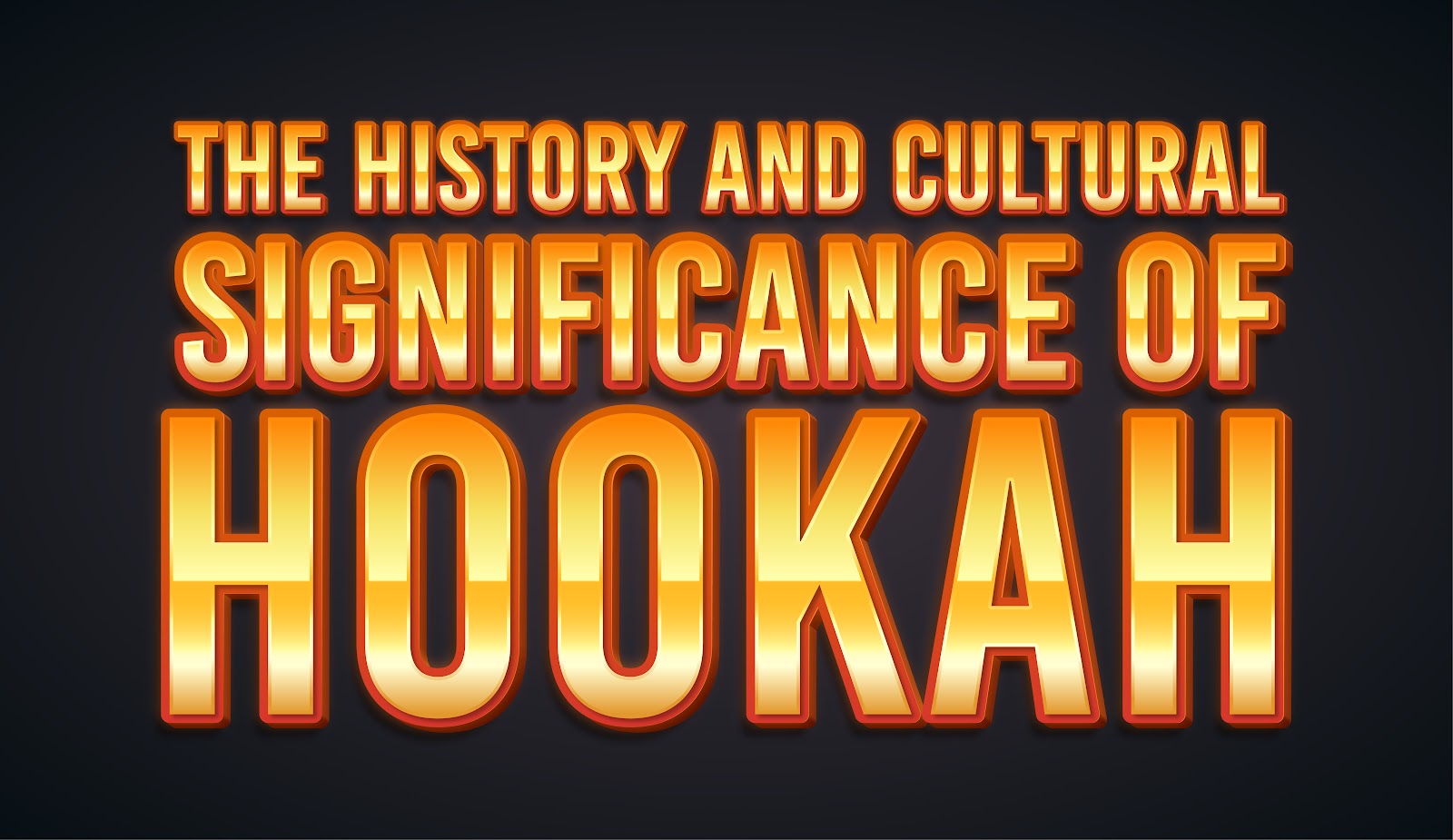
Jan 10 , 2023
The History and Cultural Significance of Hookah
As you may already know, hookah is a water pipe used to smoke flavored tobacco, which is also referred to as shisha. I have deliberately avoided referring to hookah as a smoking pipe since it has a completely different origin story and much longer history than what we know as hookah shisha.
The modern hookah has a rich history, but more enticing and important than that is its social and cultural significance. Let me first briefly discuss the origin or history of the modern hookah, and then I’ll elaborate on the sociocultural evolution and significance.
The Regal Origin of the Modern Hookah
There is no conclusive evidence about who invented the modern Egyptian hookah or the smoking device that serves as its primitive predecessor. A few contemporary and contrasting claims exist, but I’ll share only two origin stories that are reliable in the factual and historical context.
The modern hookah originated in a regal court. The court was either that of the Mughal Emperor Akbar who ruled India throughout the latter half of the 16th century or the aristocratic society of Persia, now Iran. It is possible that the first hookahs were made in both India and Persia.
Abu’l-Fath Gilani, who was Akbar’s physician, is credited for having created the first ever water pipe to smoke tobacco. This apparatus or device was known as hookah. A similar water pipe or smoking device was also in use in Persia, which was known as qalyan.
While both hookah and qalyan were used by the royalty and other rich people in India and Iran, the origin of shisha tobacco wasn’t regal at all. Tobacco had a mercantile origin in both India and Iran, erstwhile Persia.
The Portuguese brought tobacco to India and Persia. The merchants traded tobacco for spices and other goodies. This tobacco necessitated the invention of what we know as hookah today because the rich and royal families wanted to filter the smoke before inhaling for safety.
The Cultural Significance of the Hookah
The initial cultural significance of the hookah was almost exactly like owning or using something precious, such as driving a luxury car or wearing expensive jewelry. Hookah was the privilege of the rich in the 16th and 17th century, mainly because tobacco was a scarce material at the time.
The first hookahs were ornately designed and made, often using special materials. The hookah was a proud possession of the aristocratic families and noble households in the Middle East and South Asia. The same culture gradually spread beyond the Indian subcontinent and Iran.
However, that original cultural significance associated with aristocracy and wealth didn’t last too long as ordinary people created their own hookahs. These modest hookahs didn’t have a glass base, an ornate design, or any expensive material and craftsmanship.
The simple hookahs of the ordinary or poor people in India and other parts of Asia used bamboo for the entire structure. There was no hose or anything as such. The base containing water had a protruding tip or mouthpiece with a hole for a user to draw a puff of delicious smoke.
Also, the shisha tobacco used by the ordinary folks wasn’t the same variety that was common in the royal courts and wealthy households. Tobacco plantations boomed not very long after India, Persia, and other Asian countries had the Portuguese traders introduce them to the plant.
The Sociocultural Evolution of Hookahs
Since the beginning of the 19th century, the sociocultural evolution of hookahs has been steady and irreversible. Hookahs were almost the equivalent of tea in many parts of Asia in the 1800s and 1900s, including the following countries:
- Egypt
- India
- Iran
- Turkey
The hookah was no longer limited to palaces and rich households. Hookahs were found in cafes and homes for people to enjoy a few puffs whenever they pleased. People offered their hookahs to guests. Hookahs were common at social gatherings, including public meetings.
A part of hookah’s sociocultural evolution was due to addiction to the nicotine in tobacco and the various flavors people concocted, not very different from the blends we have today. Another key factor of the growing popularity of the hookah was its role in socialization and unwinding.
Much like today, Asians have smoked hookah over the centuries for refreshment, whether alone or while hanging out with friends, neighbors, etc. From India to Iran and Egypt to Turkey, hookah has been integral to having a good time with friends and treating guests with a delightful smoke.
